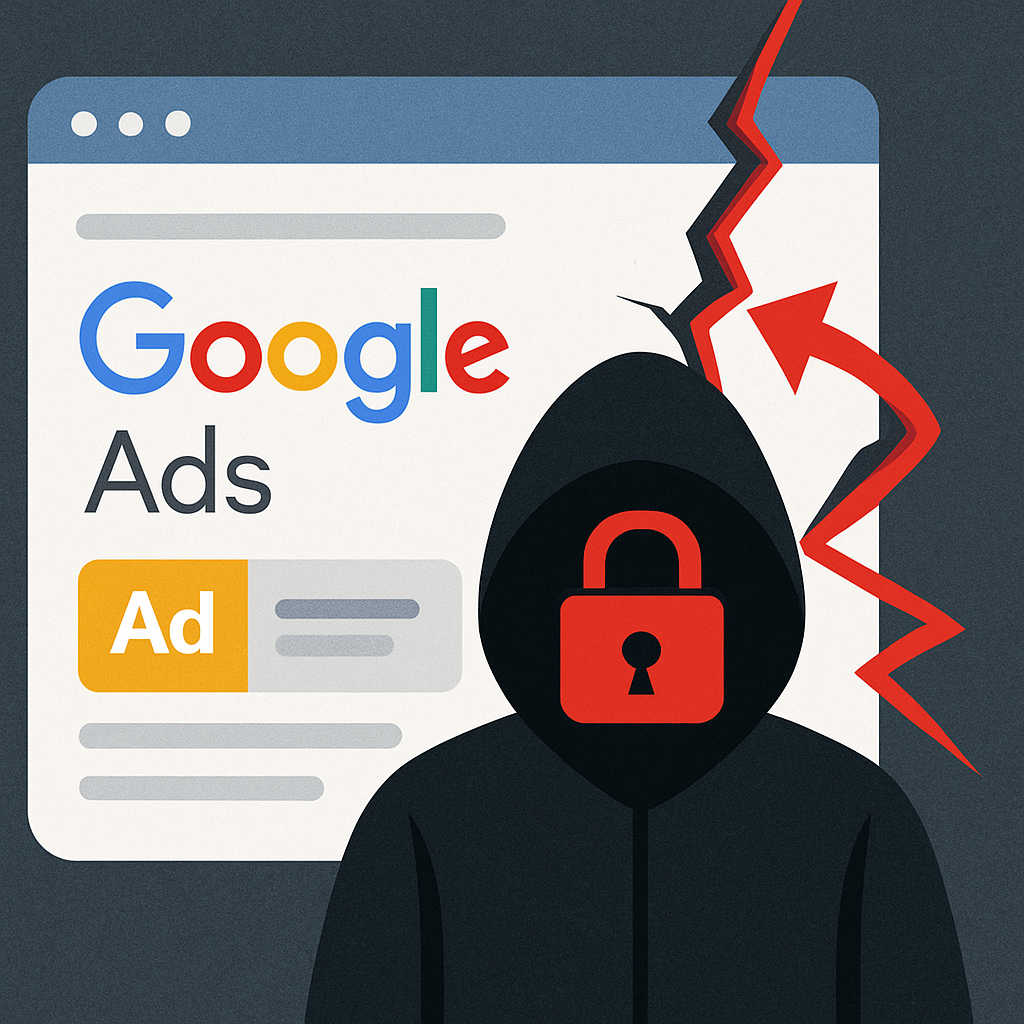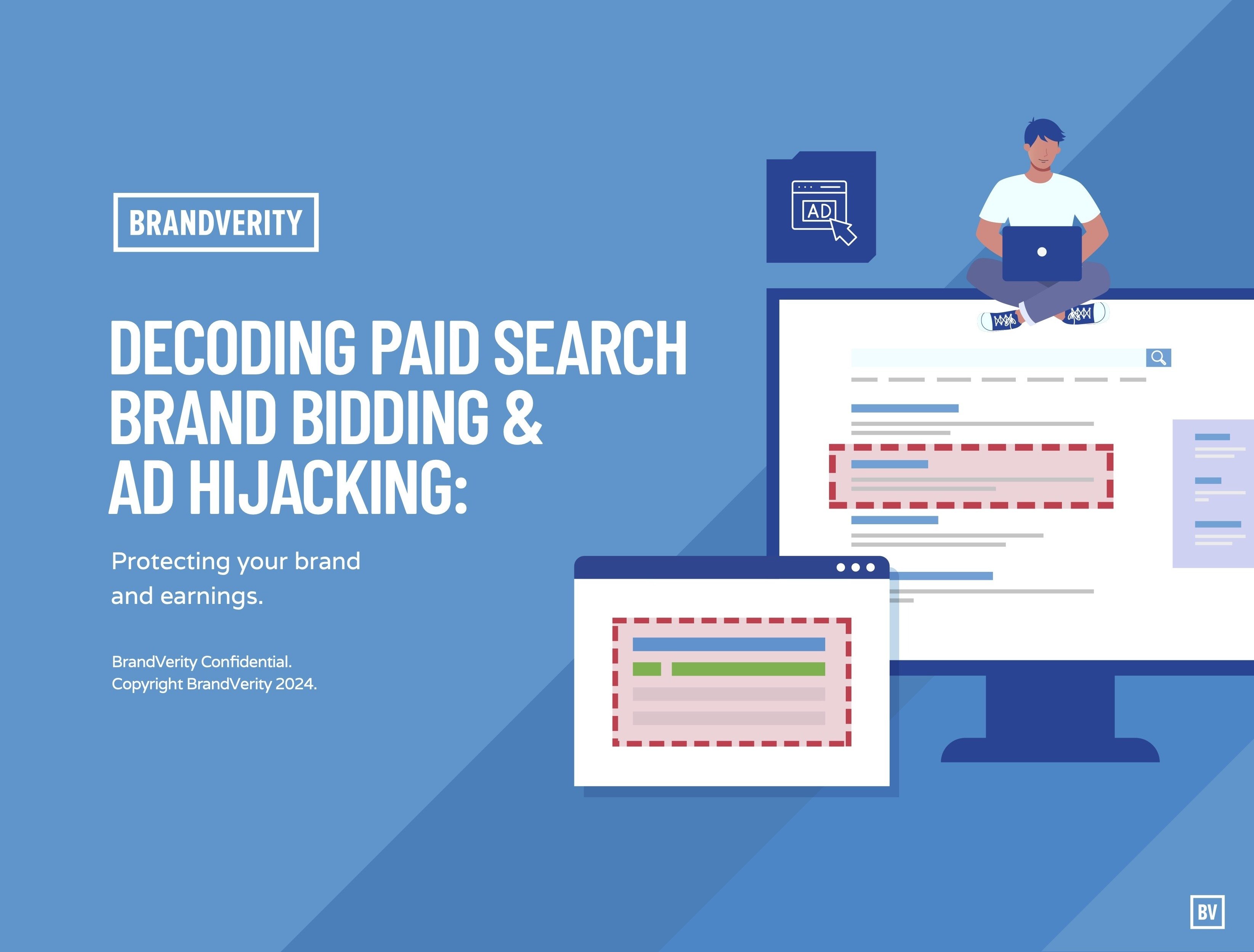Your brand name is your brand's entire identity online.
When someone else uses your brand name, whether intentionally or not, it can harm your reputation and confuse customers. By protecting your brand's name online, you can avoid legal disputes, protect your business, stay ahead of the competition, and retain your customers' trust.
This post covers the eight most popular ways that you can protect a brand online.



.jpg)





